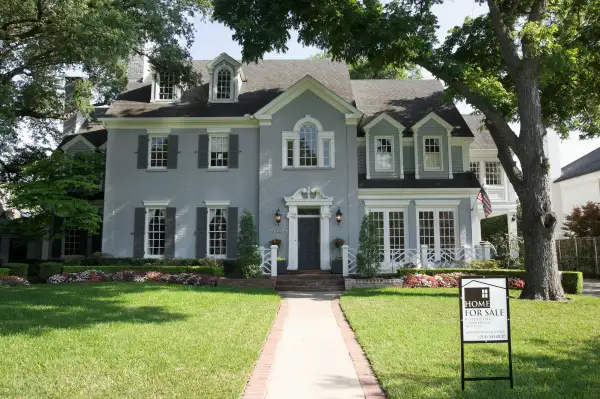Race Has a Big Impact on Mortgage Lending in St. Louis

Racial tensions in the St. Louis area were brought to national attention after the police shooting of Michael Brown in Ferguson, Missouri in 2014. Two years later, a study has found that racial inequality also extends to mortgage lending in the city.
Banks made fewer loans to middle- and lower-income borrowers in minority neighborhoods in St. Louis than to similar borrowers in white neighborhoods, according to a new report from the consumer advocacy group National Community Reinvestment Coalition.
Federal data has consistently shown that black neighborhoods in St. Louis have seen almost no mortgage lending in recent years, the New York Times reported. One reason for this gap is that the incomes and credit scores of many blacks residents may not be high enough to afford a house or qualify for a loan. Another is the relatively low number of banks in some minority neighborhoods. "Some areas of North City and East St. Louis may constitute ‘banking deserts,’ as they are isolated from access to conventional financial services," the report said.
The new study supports the idea that banks tend to avoid depressed minority neighborhoods, making it harder for residents there to take out loans that could be used to buy and fix up properties.
Read More: Why Big Banks Are Approving Fewer Mortgages for Blacks and Hispanics
In St. Louis, low- to middle-income borrowers made up 32% of all borrowers in 2013. But when they looked at the racial composition of the neighborhoods in which the loans were made, they found that the majority went to neighborhoods where whites comprised most of the population. Meanwhile, just 3% of loans to low- to middle-income borrowers were made in city neighborhoods where minorities made up to 80 to 100% of the population.
The disparity can be in part attributed to the fact that fewer people in minority-dominated areas apply for mortgages. Yet applicants in these neighborhoods were also denied a loan at much higher rates than in white neighborhoods. For instance, in areas where minorities made up between 10% to 19% of the population, only 64% of mortgage applications by low- and moderate-income applicants were approved.
This phenomenon isn't just limited to St. Louis; last year, the coalition did a similar analysis of lending in Baltimore, where it also found that race had a significant impact on lending.
Research has also shown that an increase in homeownership can jumpstart the economies of low-income neighborhoods.